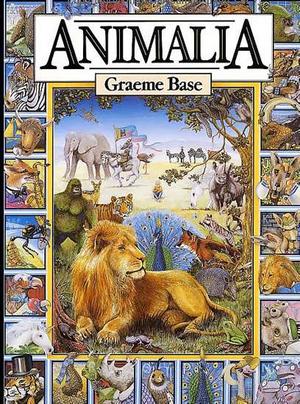Last year I taught the poem Richard Cory for the first time. I chose the poem after hearing a great lecture by another teacher about the poem. But my main reason for choosing it was because I felt that despite the difficult language, the concept would be easy for my pupils to understand. And they did. For them Richard Cory was rather like the celebrities they see on TV and follow on the Internet. He was handsome and rich but not happy. “Outside” isn’t the same as “inside” – that made sense to them.
However, after teaching the poem I received a great deal of criticism and many heartfelt, emotional (and scary!) warnings that teaching a poem relating to suicide to teenagers is a risky business.
So, now I find myself about to start teaching The Road Not Taken. It’s a lovely poem and on the national curriculum, but I’m a bit concerned. The vocabulary is very hard but then so was the vocabulary of Richard Cory. I’ve prepared pre-reading activities and vocabulary exercises. But the concepts seem more abstract to me and some of my pupils tend to think in a very concrete manner. I can imagine some of them saying: “what difference does it make which road he takes, as long as he exits the wood?”
Well, I’m going to find out!

